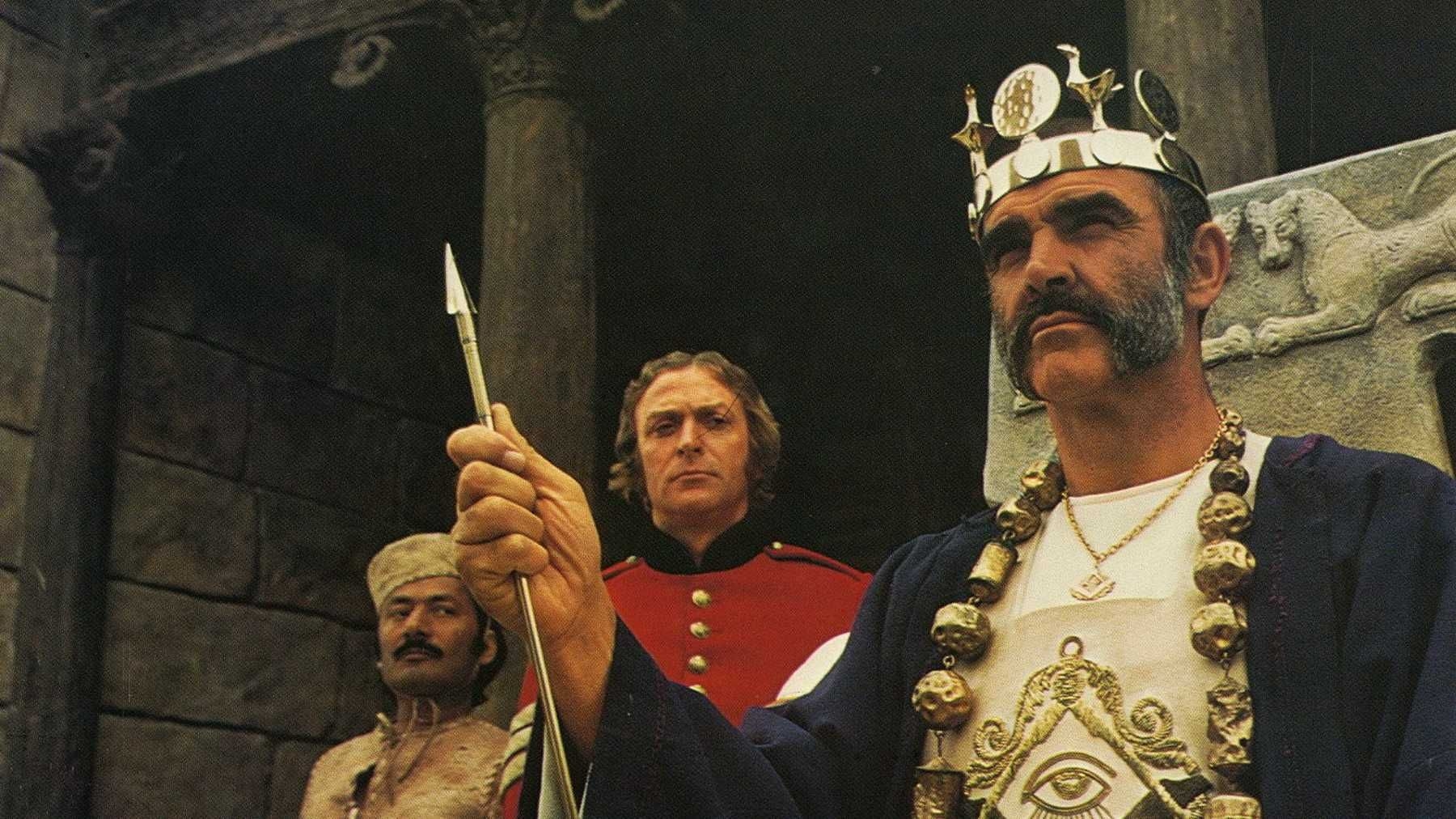Fact vs. Fiction: How Freemasonry is Portrayed in 'National Treasure' and Other Films


Theme 1: The Guardians of Ancient Secrets (Conspiracy)
One of the most common cinematic tropes is the depiction of Freemasons as the guardians of some monumental secret or treasure. In National Treasure, the fraternity is entrusted with a massive treasure hidden by the Knights Templar and the Founding Fathers.65 In films like The Da Vinci Code and From Hell, this role takes a more sinister turn, with the Masons portrayed as part of a powerful conspiracy, wielding immense influence behind the scenes.
Fact-Check: This is the most significant departure from reality. While Freemasonry does have its "secrets," they are not treasure maps or conspiracies. The secrets consist of its modes of recognition (grips and words) and the allegorical lessons of its rituals, which are meant to be experienced personally. The only "treasure" a Mason seeks is symbolic: the treasure of moral and spiritual knowledge. The idea of a vast, physical treasure guarded for centuries is pure cinematic invention.

Theme 2: The Use of Symbols and Rituals
Hollywood often correctly identifies and incorporates genuine Masonic symbols into its plots. The Square and Compasses, the All-Seeing Eye, and the checkerboard floor are frequently used as visual cues or as literal clues in a grand puzzle. The plot of National Treasure, for instance, revolves around deciphering Masonic symbols left on historical artifacts.
A more thematically accurate portrayal can be found in the 1975 film The Man Who Would Be King. Based on a story by the famous Masonic author Rudyard Kipling, the film features two adventurers who use their Masonic knowledge and a Masonic emblem to gain the trust and eventually the leadership of a remote tribe in Kafiristan. This reflects a more truthful aspect of the fraternity: the use of its symbols not to find treasure, but to establish a bond of brotherhood and trust between men who would otherwise be strangers.
Fact-Check: The symbols seen in these films are indeed real Masonic symbols. However, their use as components of an elaborate treasure map is entirely fictional. Depictions of Masonic rituals are almost always exaggerated or distorted for dramatic effect, often combining elements of different ceremonies or inventing new ones altogether to seem more mysterious.
Interestingly, National Treasure employs a "benign conspiracy" trope. Unlike many other films, the Masons are not villains but benevolent protectors of history, working to keep the treasure safe for the good of humanity. While still historically inaccurate, this represents a more favorable and romanticized view of the fraternity compared to the sinister portrayals in films like From Hell or the anti-Masonic propaganda film Forces Occultes from 1943.
Ultimately, it is best to enjoy these films as the exciting works of fiction they are. They tap into a genuine public fascination with history, secrets, and symbols. However, the reality of Freemasonry is less about deciphering ancient maps and more about the quiet, personal, and lifelong work of building one's character. The true Masonic secret is not what is hidden from the world, but what is built within the heart of each member.

Discover the Order of the Eastern Star, the largest fraternal organization for both men and women, and its deep connections to Freemasonry.

After the formal lodge meeting is closed, many lodges will retire to a dining hall for what is known as the Festive Board

Curious about joining Freemasonry? This guide demystifies the process, from the basic requirements and finding a lodge to the petition and initiation.
Comments
No comments yet. Be the first to comment!